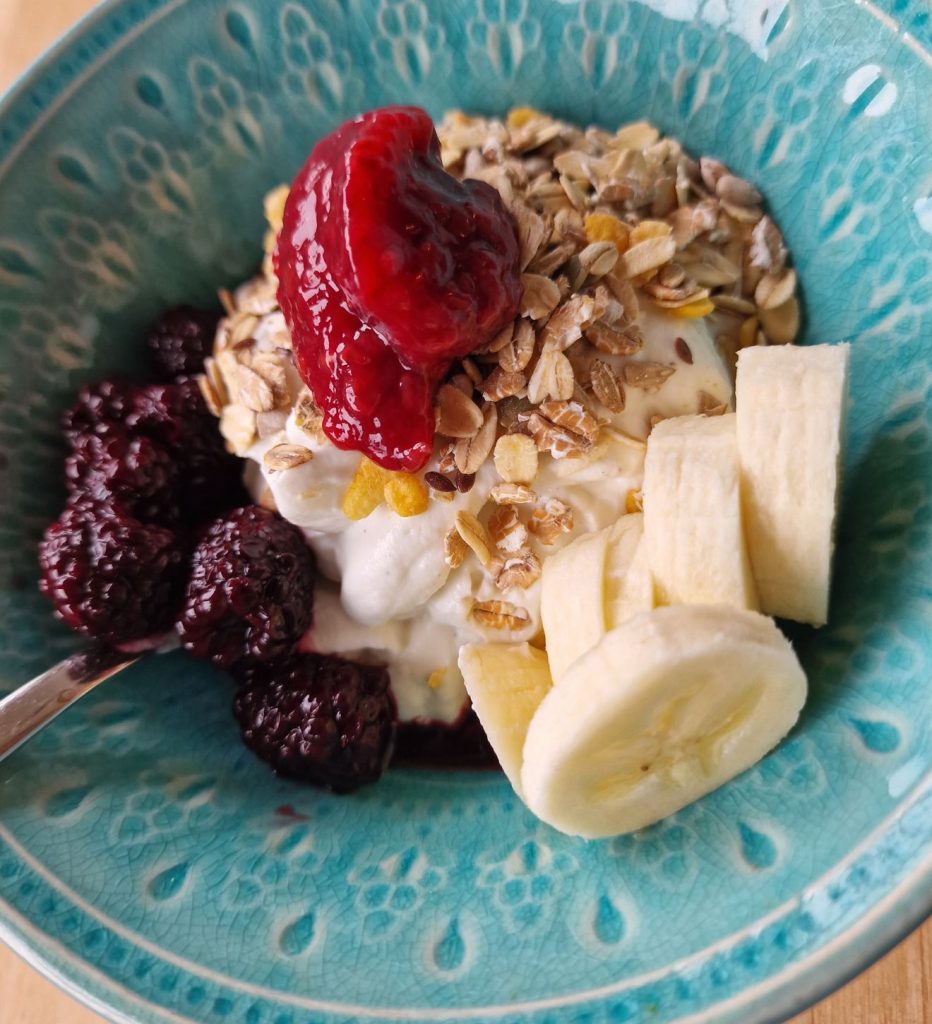
Yes, I know; terracotta is food-safe. There is nothing wrong with cooking in terracotta vessels, it’s been done all over the world for thousands of years, and terracotta is not poisonous or unhealthy in any way.
But if you fill the terracotta cup with water it slowly sips through, or at its best leaves a moisture ring on the table under the cup. So is there a way to make terracotta sinter into a hard, glass-like, watertight body, just like its high-fired cuisine stoneware?
High amounts of flux can make Quarts melt and fill the open structure of the low-fired earthenware clay, and in this way make it both strong and watertight. The only problem I do not like to add Quarts to a clay body, since it’s unhealthy to breed in dry Quarts dust. Maybe I could use Feldspar instead? (but Feldspar is not an easy melt in these low temperatures).
First off I asked some friendly souls on reddit.com at r/Ceramics. they suggested:
– Terra Sigillata (why didn’t I think of that, but still not what I want)
– Liquid quartz (Never heard about it, I will look into this one)
– Season it with oil (I don’t like the idea, I want low-fired to be as cool as stoneware)
– And they gave me this link: https://digitalfire.com/glossary/zero3
Ok, that’s a start!
Based on material know-how; the clay body could use materials like:
- Gerstley Borate – low-temperature flux
- Nepheline Syenite – a glaze in itself, melting at higher temp
- Feldspar – a glaze in itself, melting at higher temp
- Quarts – a glass former
- Bentonite – if these materials give the glaze low plasticity and greenware-strength
First try:
I took wet terracotta clay, some Feldspar, and Gersley Borate mixed together.

Out of the kiln fired up to 1000 degrees Celsius, came this porous piece of ceramic that was slurping water like a sponge. Not a very scientific experiment, but a first step.
One thing I noticed when mixing it was the reduced plasticity after adding just some little Feldspar and Gersley Borate, it started to feel like crumb pie. When I dig into this for real I need to get plasticity back again, and any clay with 50% flux or more, is not directly cheap.
It’s not that easy to find information on the internet on the subject, but here is on link:
https://www.ijcmas.com/vol-4-4/Ezzat%20A.%20El%20Fadaly%20and%20Said%20A.%20El-%20Enany.pdf